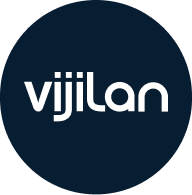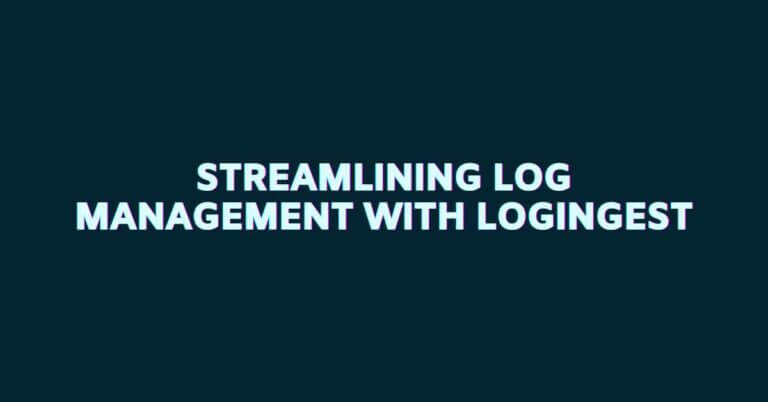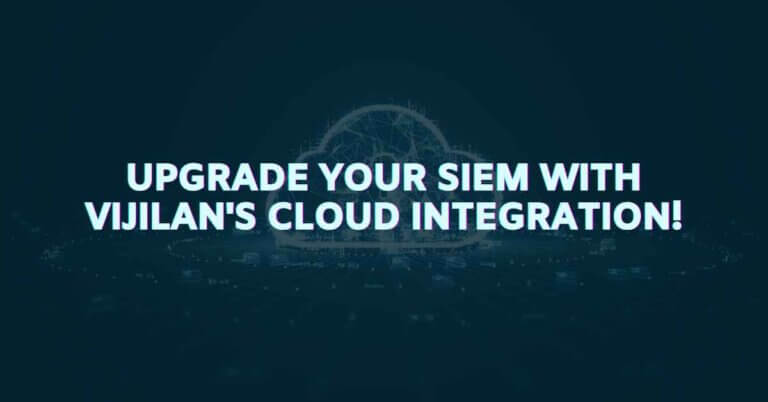Introduction – In the ever-changing landscape of cybersecurity, where different types of attacks and methodologies are constantly emerging, protecting an organization’s assets from internal and external threats remains a significant challenge for Security Operations (SecOps) teams. In this context, the Splunk log management tool plays a pivotal role. As a leading log management system, it efficiently collects machine-readable data, ensuring optimal storage and search capabilities. While Security Information and Event Management (SIEM) software like Splunk offers a comprehensive view of an enterprise’s security and actionable insights into incidents and abnormalities, log management Splunk systems focus on gathering and organizing data for efficient storage and retrieval.
What is SIEM?
SIEM technologies, including Splunk, and log management tools like Splunk log management tool, are complementary rather than competing solutions. Both analyze event data but are designed and applied differently to cater to various use cases. Many organizations prefer leveraging cutting-edge tools like the Splunk log management system to build their own customized SIEM solutions.
To provide a deeper understanding, let’s categorize the characteristics of SIEMs and log management solutions, like Splunk, into three areas: features exclusive to SIEMs, features primarily associated with data collection and management through Splunk log management, and the benefits of combining the two.
What is a Log Management System?
A log management system (LMS), such as the Splunk log management tool, is software that collects, organizes, and stores event logs and log data from multiple sources in a centralized location. By leveraging platforms like Splunk for log management, IT teams, DevOps, and SecOps experts can access all relevant networking and application data from a single point. Typically, log data in systems like Splunk is stored in a fully searchable and indexed format, enabling IT staff to quickly retrieve information for resource allocation decisions, network security measures, and other tasks.
Log management technologies help organizations with the following:
- Determining what information and data should be logged
- Defining the format in which the data should be recorded
- Specifying the retention period for log data
- Establishing protocols for data disposal or destruction when no longer needed
Primary Features of SIEM -
- Data Analysis correlation
- Indexing Data
- Selective Data sources
- Advanced Automation tools
- Compliance Reports
These features are of utmost significance for companies employing security management services to prevent data theft, ransomware attacks, and hacking attempts. SIEMs are designed to condense numerous events into a smaller number of alarms using statistical treatment and event correlation. They often offer a wide range of security capabilities, including compliant report generation, security event investigation and reporting, and alarms based on predefined rules. However, due to their complexity, SIEMs can be expensive to maintain and operate. They may sacrifice speed and data thoroughness as they strive to cover every possible feature. Moreover, pricing considerations may compel SIEMs to exclude certain data sources.
Features of Log Management Software:
- Less emphasis on indexing
- Support for all available data sources
- Highly efficient architecture
- Longer data retention
- Cost-effective
Modern log management software excels at rapidly aggregating data from multiple sources and providing users with a comprehensive way to analyze information as it arrives. These systems efficiently compress and store millions of events per second. The fundamental qualities of log management address many of the challenges associated with SIEMs. They can retain data for longer periods compared to SIEMs and offer a complete view of system information at a lower cost with less maintenance.
While there are distinct differences between log management systems and SIEM solutions like Splunk, the choice ultimately depends on the client’s security management needs. Both options offer valuable features and benefits. Factors such as business requirements and cost considerations should guide the selection of a security management system. Additionally, the nature of the business and anticipated threats should be taken into account.
However, you can still use both software together, and both systems have added benefits.
- Extensive utilization of log data: Both technologies heavily rely on log data. SIEMs focus on collecting, analyzing and filtering the data before presenting it to end users. On the other hand, log management systems emphasize providing users with access to all data and a user-friendly search language for quick filtering and analysis.
- Threat hunting capabilities: Both SIEMs and log management systems can be utilized for threat hunting. SIEMs may take longer to notify users of potential threats, and their limited data collection capabilities may result in overlooking certain threats. Log management systems, with their real-time search results, enable a more proactive and comprehensive approach to threat hunting by promptly alerting users to potential dangers.
- Compliance requirements: SIEMs provide audit reports to facilitate compliance with regulatory standards. Log management systems contribute to compliance efforts by offering cost-effective long-term data storage.
- Alerts and automation: Both SIEMs and log management systems offer alerting and automation capabilities. However, log management systems excel in providing faster alerts and initiating actions due to their real-time search capabilities. SIEMs, on the other hand, offer more advanced automation features through the creation of playbooks for automated responses provided by the SIEM provider.
Conclusion
Ultimately, the choice between Splunk (SIEM) and other log management solutions for security management depends on the specific requirements of your company. Factors such as the nature of threats, cost considerations, and desired features should guide your decision-making process. It is worth noting that both solutions, particularly the Splunk log management tool, have their own unique benefits and can even be used together to maximize the advantages they offer.
Both SIEMs and log management systems extensively utilize log data and provide valuable insights. While SIEMs focus on analysis and filtering, log management systems emphasize efficient data collection and storage. Additionally, log management systems excel in data retention and cost-effectiveness.
To make an informed decision, it is crucial to assess your company’s needs and select a reputable company that offers the necessary services. By leveraging the strengths of both SIEMs and log management systems, you can enhance your organization’s security management capabilities and effectively mitigate threats.








